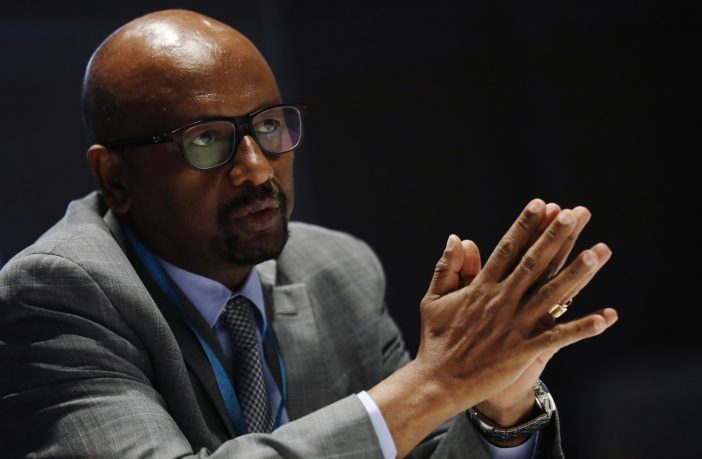- Ethiopia now has eight large scale solar Pv projects under plan totaling 1170Mw
- All of the projects will be developed on a public private partnership (PPP) basis.
- The term of the power purchase agreements (PPA) will be 20 years.
- Following some challenges experienced in previous solar projects, the government of Ethiopia has agreed to take a more active role in the procurement process in an effort to streamline the implementation of these projects.
The Ethiopian government recently announced the commencement of a tender for four solar PV projects. These four projects are in addition to two Scaling Solar projects which are currently being procured under the IFC’s Scaling Solar Programme. In addition, two separate solar PV projects are expected to be initiated later in the year bringing the total to eight large scale solar Pv projects.
All of these projects will be developed on a public private partnership (PPP) basis.
The request for proposals (RFPs) for the four projects are scheduled to be released in late April or early May 2019.The RFP for the two Scaling Solar projects is expected to be released to the prequalified developers before the end of February this year.
The term of the power purchase agreements (PPA) will be 20 years.
The below table summarises the eight pending solar PV projects in Ethiopia:
| Number | Project Name | Capacity (MW) | Estimated project cost (USD million | Region | Status |
| 1. | Gad Solar Scale (Phase I) | 125 | 150 | Somali | Scaling Solar |
| 2. | Dicheto Solar Scale (Phase I) | 125 | 150 | Afar | Scaling Solar |
| 3. | Mekele Solar | 100 | 120 | Tigray | Pending |
| 4. | Humera | 100 | 120 | Tigray | Pending |
| 5. | Welenchiti | 150 | 165 | Oromia | RFP Pending |
| 6. | Weranso | 150 | 165 | Afar | RFP Pending |
| 7. | Metema | 125 | 150 | Amhara | Awaiting approval |
| 8. | Hurso | 125 | 150 | Dire Dawa | Awaiting approval |
Key challenges
Following some challenges experienced in previous solar projects, for example the 100MW Metahara solar project that was awarded to Enel in October 2017, the government of Ethiopia has agreed to take a more active role in the procurement process in an effort to streamline the implementation of these projects.
Some of the key challenges included:
- Acquisition of land processes;
- The lack of a “one-stop shop” service for licensing and approvals (meaning that investors in PPPs are required to obtain licences and approvals from different institutions or regulatory bodies, whereas investors outside of PPPs are able to manage this process through a single entity, the Ethiopian Investment Commission);
- Payment guarantees from Ethiopian Electric Power (EEP) for defaults under the PPA;
- Securing competitive financing;
- Converting local currency into USD or any other foreign currency; and
- A lack of know-how in key government stakeholder departments.
Key interventions
The following specific interventions by government have been initiated to assist projects with some of these challenges:
- The government will facilitate the acquisition of land rights on behalf of projects. For example, the land sites for the Scaling Solar projects has been identified and the process for the transfer of land use rights has already begun;
- The PPP proclamation provides that restrictions in tenure of land and the bidding system will not apply to PPP projects and that a right may be created for security interests over assets, as required to source financing for PPP projects; and
- The forex directive, which provides for on-demand access to foreign currency for payment of external debt obligations and suppliers’ credit, will also ease access to finance for investors.
- Other incentives that may be available for PPP investors, subject to negotiation and agreement with EEP (and other government departments), include:
- Compensation for change of laws specifically applicable to the infrastructure being developed or the service it provides;
- Assignability of the project agreements;
- Certain tax incentives;
- Government economic support and guarantee for the sustainability, implementation, and financial viability of the project including the provision of minimum off-take, availability payments, and cash subsidies; and
- A free choice of dispute resolution mechanism.
This article was originally published on ESI Africa and is republished with permission with minor editorial changes. This article was written for ESI Africa by Kieran Whyte, Partner and Head of the Energy, Mining & Infrastructure Practice, Mike Webb, Senior Associate, Baker McKenzie Johannesburg, and Yibeltal Shiferaw,on secondment from Tadesse Kiros Law Offices (TKLO) in Ethiopia















